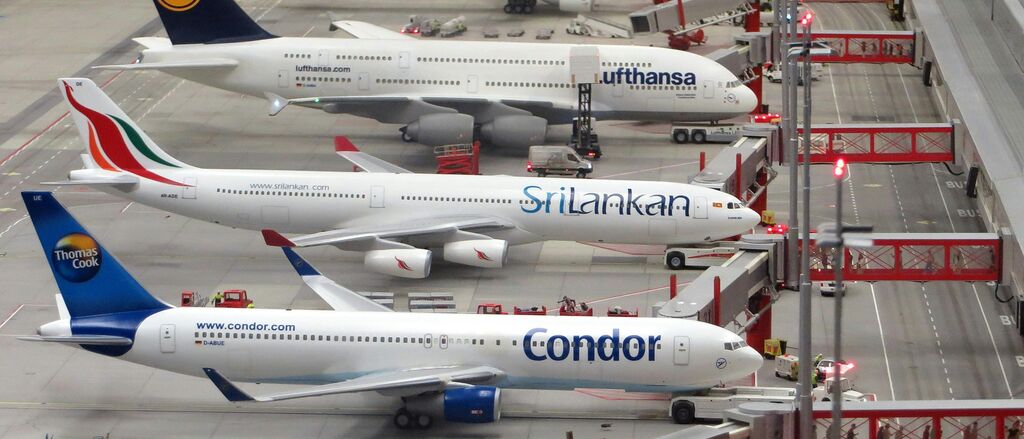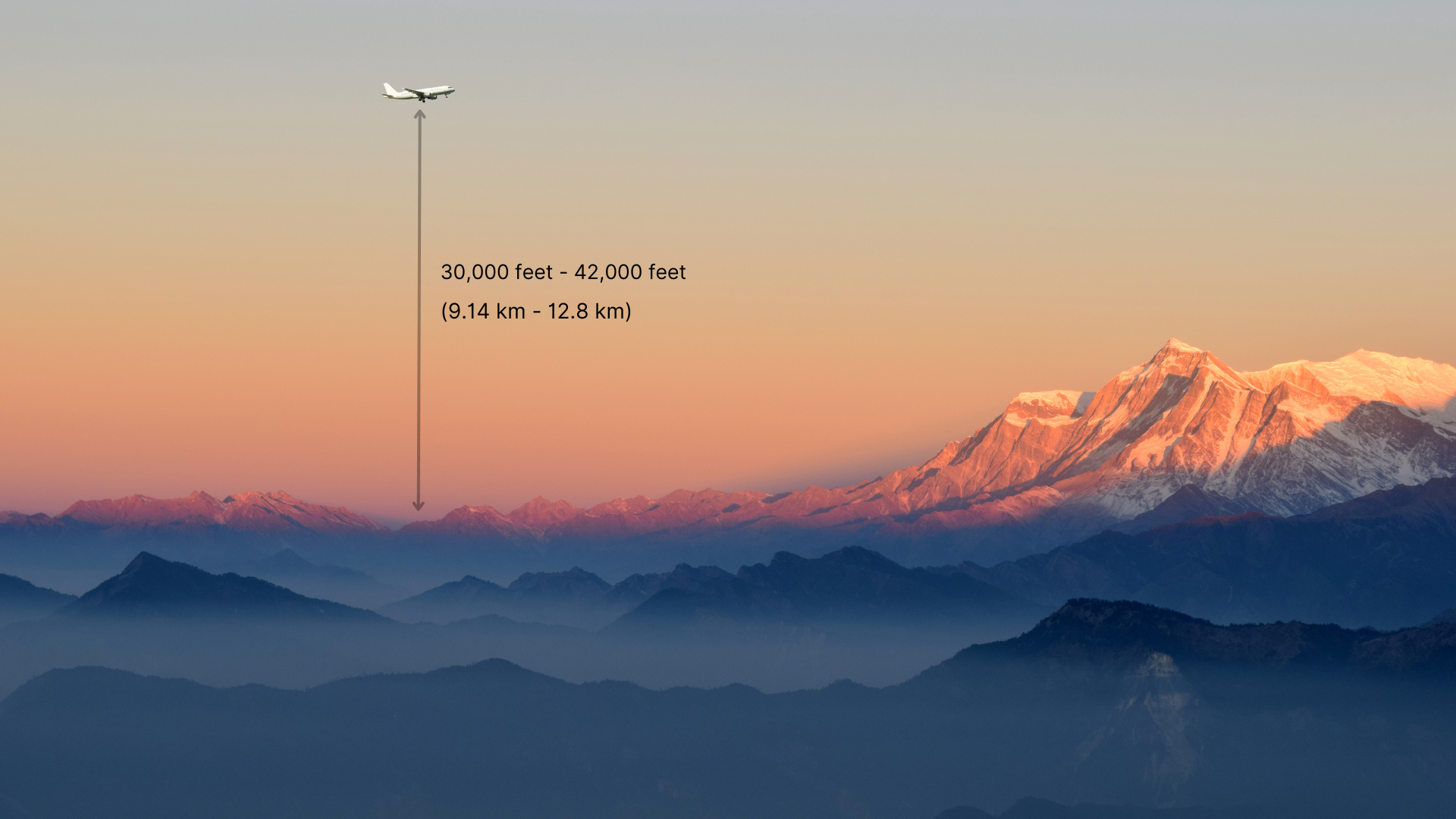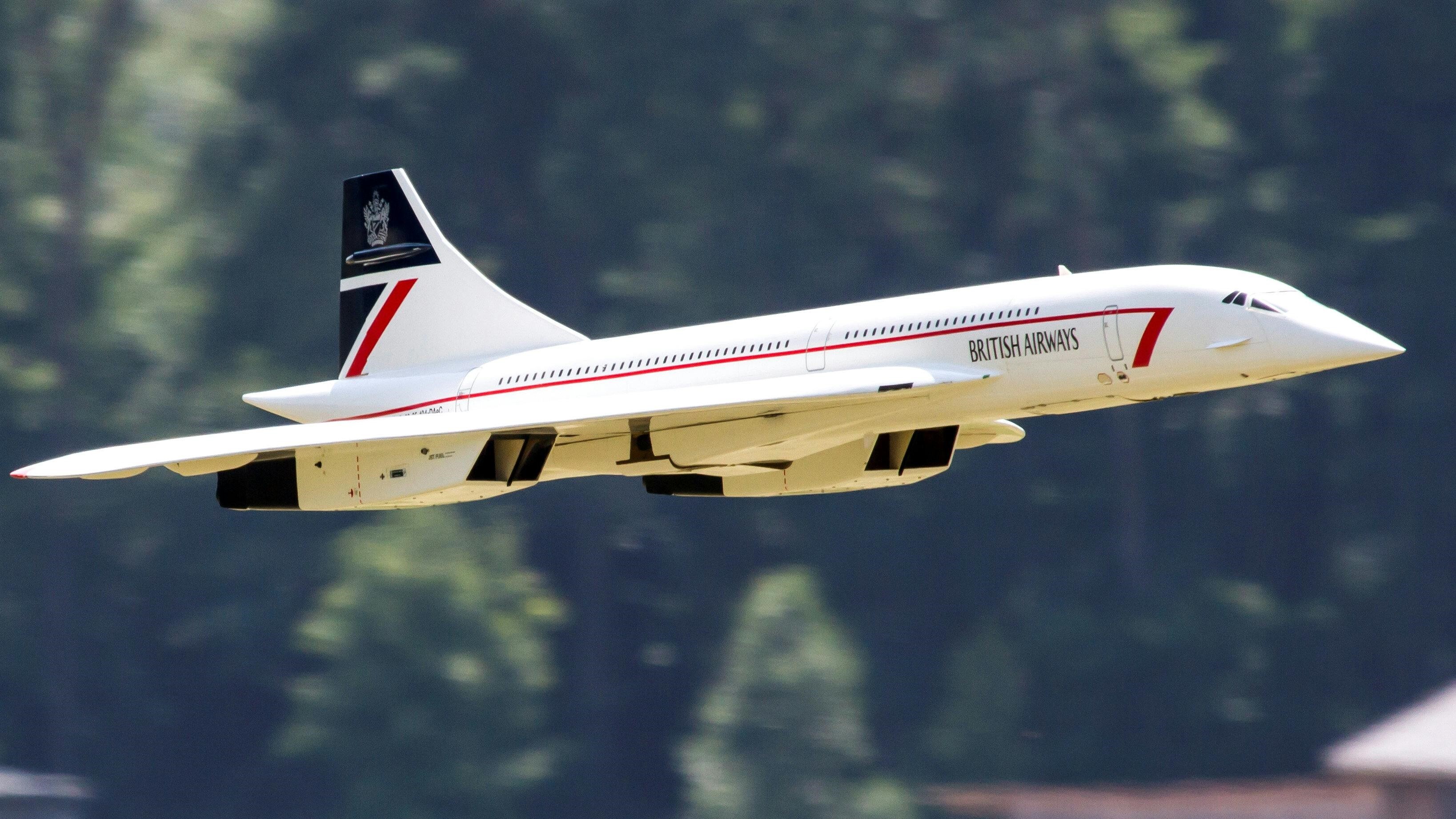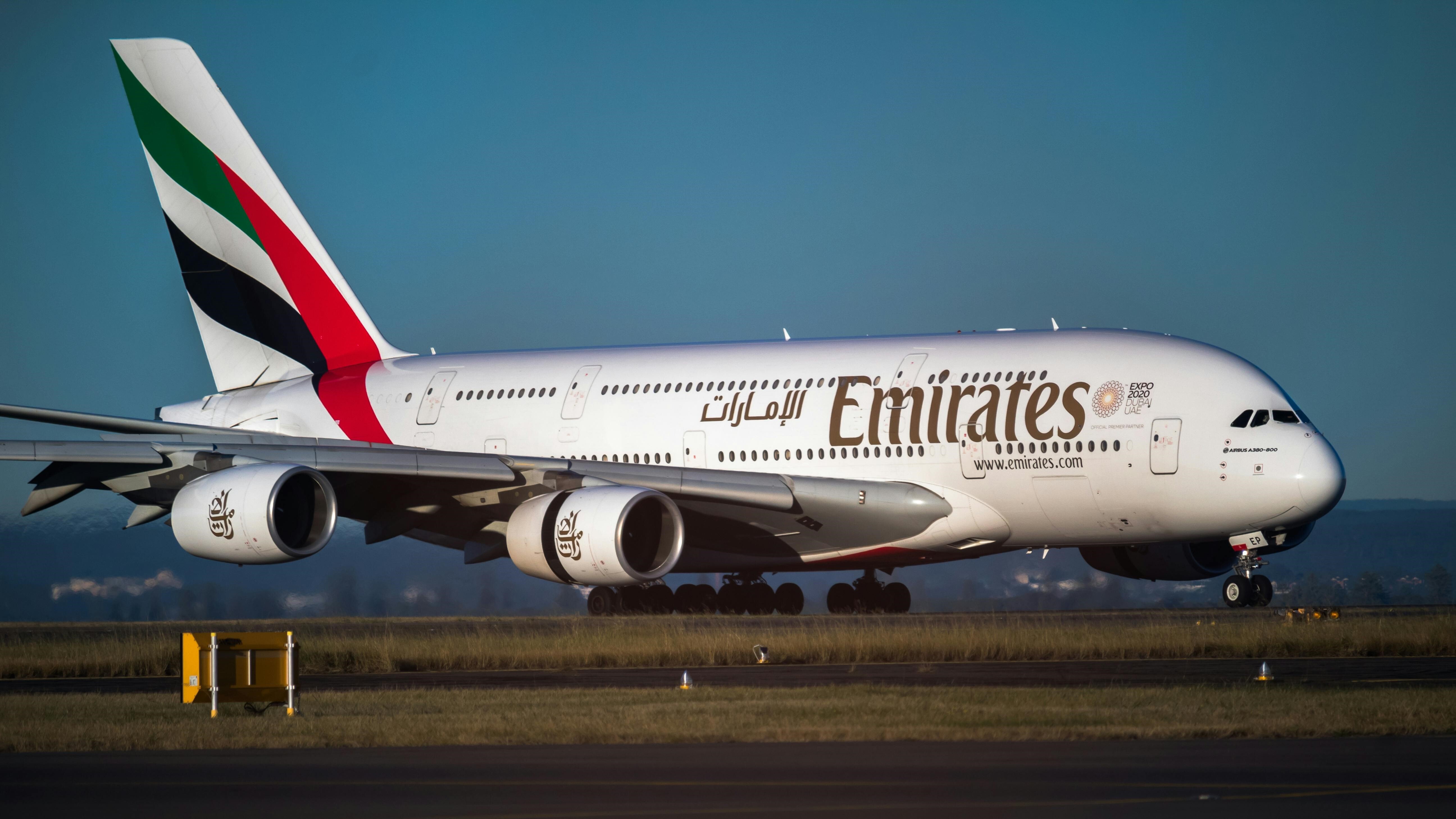
Fun facts about planes
Wednesday, October 30, 2024
Ever been on a plane and suddenly realised that you actually know nothing about the plane you’re in? Like, how high does it fly? Or how fast? And how much does a plane weigh? Well, let’s just say you’re not the only one with this realisation - so we did the research for you and are here with answers! Let’s go!
How high do planes fly?
Typically, commercial planes fly at altitudes between 30,000 and 42,000 feet (9.14 km and 12.8 km). There are a few factors behind such cruising altitude. First of all, the higher it gets, the thinner the air is. When the air is thinner, there’s less resistance, allowing planes to fly faster and more fuel efficient - it takes less fuel for the plane to reach a certain speed than it would if the air was thicker.
Such altitude also helps to avoid most weather issues and limit turbulence throughout the flight - most weather conditions that can significantly affect a flight are more common at lower altitudes. However, planes also can’t fly too high! If the air gets too thin, it can become too hard for the engines and wings to produce enough lift - the force that keeps airplanes up in the air.

Why does the cruising altitude differ between flights?
How high planes fly depends on the type of the aircraft, weather conditions and the direction in which they’re going. The cruising altitude is typically decided pre-flight based on the size and weight of the aircraft, the current weather conditions at different altitudes and the winds. The direction that the plane is going into is also taken into consideration. That is not to say that the picked altitude can’t change – pilots communicate with each other and adjust based on the immediate environment.
How long does it take to reach cruising altitude?
Typically, it takes around 10 to 20 minutes for a commercial plane to reach its cruising altitude. During some flights, the pilot might make an announcement once it is reached and mention the altitude the plane is flying at. Sometimes, however, that only happens shortly before preparing for landing. Anyhow, if you ever want to know the altitude of your specific flight, listen closely to pilot announcements!
How fast do planes fly?
For most commercial planes, their cruising speed is somewhere between 480 and 575 mph (770 - 930 km/h). However, the speed can differ depending on wind, weather conditions and aircraft weight, as well as on the stage of the flight. At take-off and landing, the speed is lower - from around 150 to 180 mph (240 to 290 km/h).
Fun fact! In aeronautics, speed is also calculated differently than just by the most popular metrics of miles or kilometres per hour. So called Mach number is used - this establishes the speed of an object in comparison to the speed of sound. The speed of sound is considered Mach 1, and so the average passenger airplane speed of 570 mph (920 km/h) is Mach 0.74.
What is the fastest passenger plane in the world?
The fastest passenger plane at the moment is the Boeing 747-8. At its best, it can reach a speed of 652 mph (1050 km/h), which comes up to Mach 0.855. Although this model is no longer in production - last one having been delivered in early 2023 - airlines such as Lufthansa and Korean Air can still be seen operating these aircrafts.

The speed of the Boeing 747-8 sounds impressive, right? But there was once actually a faster passenger plane – the infamous Concorde (pictured above). It was a supersonic commercial plane which was developed together by United Kingdom and France, but was retired in 2003. The plane was able to reach the speed of 1350 mph (2,172 km/h), which comes up to Mach 2.04 (so twice the speed of sound!). With such speed the plane was able to fly from London and New York in less than 3 hours! The plane was special not only in its speed but also in who it carried on board – known figures such as Georges Pompidou, Queen Elizabeth II, Margaret Thatcher and Pope John Paul II are among Concorde’s passengers.
What is the biggest plane?
The biggest passenger plane is currently the Airbus A380-800 - a full-length double deck airliner with a wingspan of 261 feet (80 m) and a maximum capacity of 853 passengers (525 passengers with typical seating). It is mainly operated by Emirates, British Airways and Singapore Airlines for long haul flights. Being the largest plane in the world it also weighs a ton - well, more like 285 tons, as its weight is around 628,317 lbs when empty but you get the gist. Its maximum weight for takeoff is 1,267,658 lbs (575 tons). Sounds crazy, right? So how much does an average plane weigh?

How much does a plane weigh?
The weight of planes varies largely, since there’s a lot - and we mean A LOT - of different aircrafts on the market. So the weight of a plane can go from 90,000 lbs (around 40 tons) for smaller planes such as Airbus A319 (when empty) to over 1 million lbs ( around 453 tons) for bigger planes such as the Airbus A380-800 (when full of passengers, luggage, fuel etc.).
If you’re a frequent flier, you might’ve already known some of these facts, but if not, you will have a great conversation starter for your next flight neighbour. Another fun fact, that even most frequent fliers don’t know is that if your flight is delayed, cancelled or overbooked, there’s a good chance you could be eligible for a compensation of up to 600 euros plus a refund!
And that’s where we come in! Use our free Claim Calculator to check your flight — and if you’re eligible, let us do all the work for you!
Did you like the content of this blog? Check out our other content:



Did you like this content ?
Thanks you made our day!
Therapy is expensive - help us be better!
Well received, thanks!